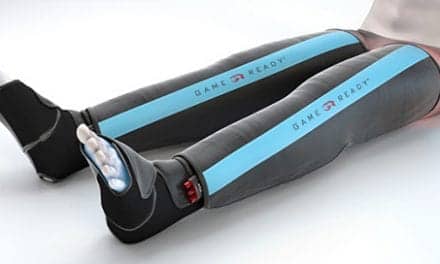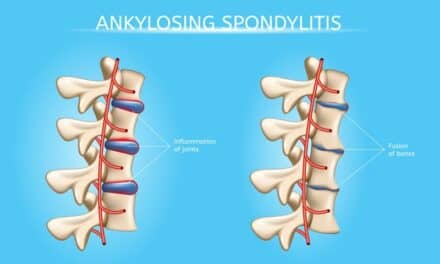Getting enough exercise plays a key role in pain management. Recent research, however, suggests that how people think about their pain can have a significant effect on whether they get enough physical activity – or if they spend more time sedentary.
When people with knee osteoarthritis “catastrophized” — feeling an exaggerated helplessness or hopelessness — about their pain more than usual, they were less likely to be physically active later in the day, contributing to a domino effect of sedentary behavior followed by even more pain catastrophizing, Penn State researchers suggest.
The results — recently published in the journal PAIN — have potential implications for pain management and wellness in older adults, and suggest that pain catastrophizing could be an important therapeutic target for interventions and pain treatment, according to a media release from Penn State.
“Reducing daily pain catastrophizing may help older patients to be more active and less sedentary on a daily basis. This could help improve their chronic pain condition, physical function, and overall health, and reduce the possibility of hospitalization, institutionalization, and healthcare costs in the long term.”
— Ruixue Zhaoyang, assistant research professor
According to the researchers, chronic or persistent pain affects reportedly between 60% and 75% percent of older adults in the US, making pain management strategies like engaging in enough physical activity an important part of many older adults’ lives.
Catastrophizing about pain — thought patterns like “the pain is terrible and is never going to get any better” or “I can’t stand the pain anymore” — may lead some older adults to avoid exercise in an effort to also avoid pain. But if exercise is put off for too long, it can lead to spirals of depression and even worse pain, Zhaoyang adds.
“Staying physically active is one of the most important self-management strategies for chronic pain patients. However, many chronic pain patients avoid physical activities that they are actually capable of doing. Our study focused on one critical psychological factor that may explain why patients avoid physical activity despite its importance for pain management: their catastrophic thinking about their pain.”
— Lynn Martire, professor of human development and family studies
A Close Look at Knee Osteoarthritis Pain
For the study, the researchers used data from 143 older adults with knee osteoarthritis. The participants kept daily diaries and wore accelerometers — a wearable device for measuring physical activity — for 22 days. Each morning, the participants would report how they felt about their pain that day, and the accelerometer would gather information on physical activity and sedentary behavior.
After analyzing the data, the researchers found that on mornings when participants catastrophized about their pain more than usual, they ended up engaging in less moderate to vigorous physical activity later that day.
Additionally, the researchers found that catastrophizing about pain in the morning lead to more time in sedentary behavior the same and the following day, as well. In turn, more time spent sedentary lead to increased pain catastrophizing on the following day, the release explains.
“One particularly interesting finding is that the detrimental influence of catastrophizing thinking about pain is independent of the pain experience itself. In other words, how patients think about their pain, rather than the level of experienced pain, had a more powerful impact on their daily physical activity.”
— Ruixue Zhaoyang
The results suggest that pain catastrophizing can kick-start a potentially harmful cycle — greater pain catastrophizing in the morning leads to avoid of physical activity, which in turn worsens catastrophizing about pain on the following day, Martire comments.
The researchers add that these findings suggest that pain catastrophizing could be a good target for interventions aimed at managing chronic pain and increasing physical activity.
“Our study demonstrated that patients’ catastrophizing thinking can change from day to day and can be modified by their everyday activity behavior. Future interventions may get better results from using mobile technology to monitor patients’ activity levels in everyday life and provide just-in-time adaptive interventions targeting patients’ pain catastrophizing to reduce their sedentary behavior.”
— Lynn Martire
The researchers add that while their study looked specifically at people with knee osteoarthritis, catastrophizing can happen with any type of pain. They note that the implications of their findings could potentially apply to pain management in patients with other types of chronic pain, the release concludes.
[Source(s): Penn State, EurekAlert]
Related Content:
Does Bias Dictate Pain Management of Children in the ED?
Enhanced Physical Therapy is Part of Trial to Determine the Best Back Pain Management Approach
New Pain Management Strategies Possible Via Mathematical Model





